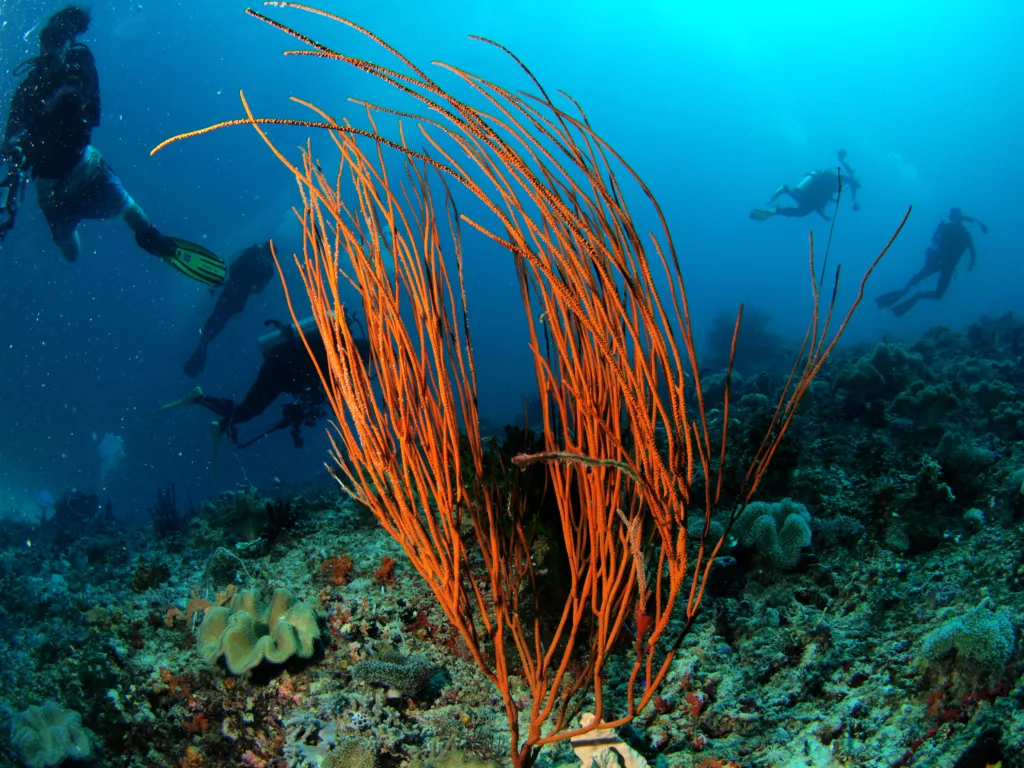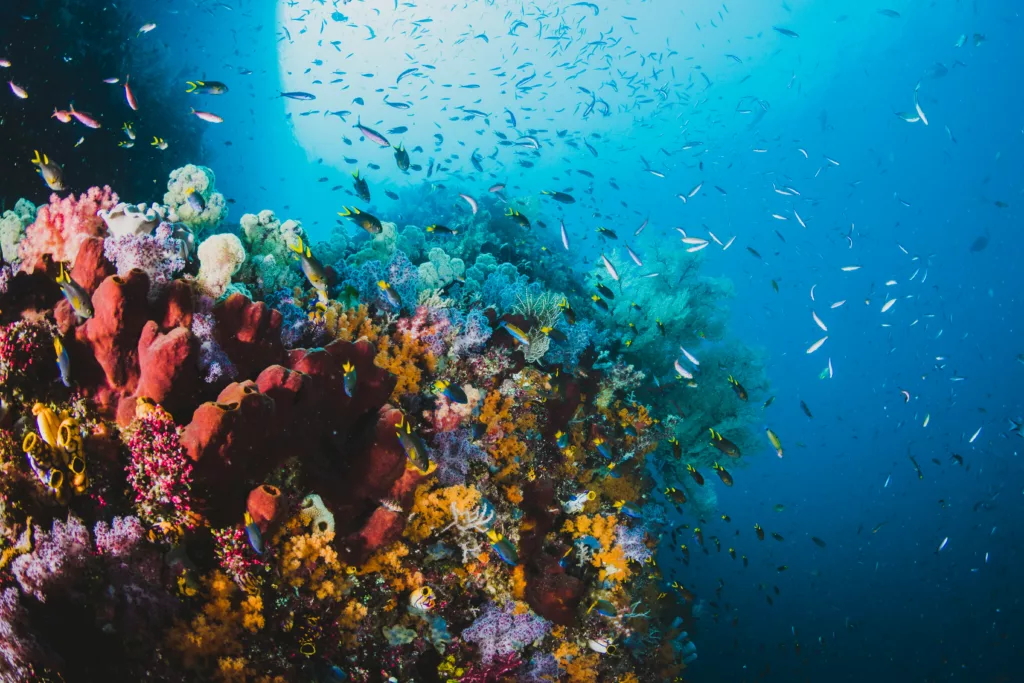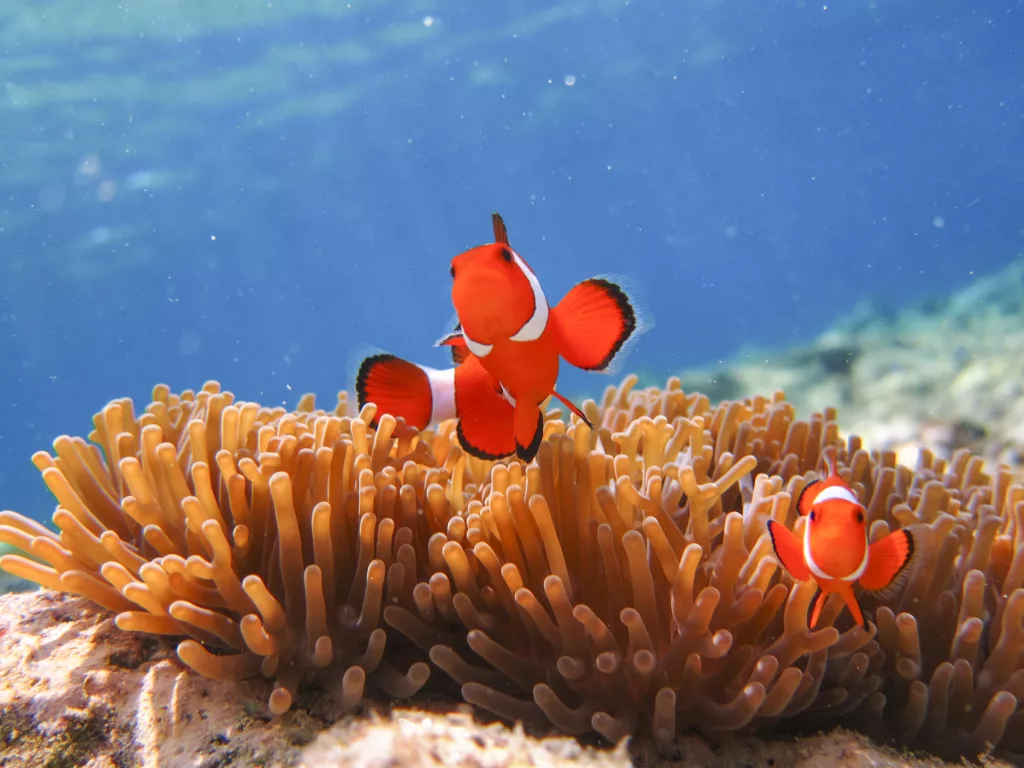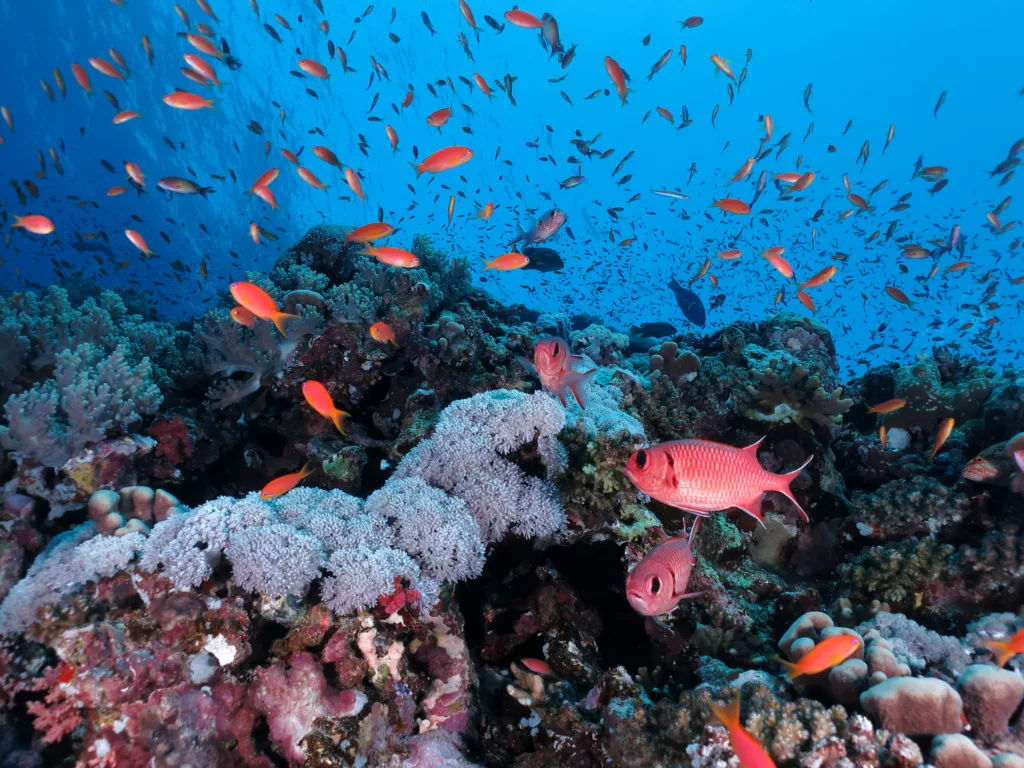Indonesia, a sprawling archipelago with over 17,000 islands, is not only a kaleidoscope of cultures and landscapes but also a haven for underwater adventurers. Each dive site here tells a story, particularly those enveloping the numerous wrecks scattered across its ocean floors. From the hauntingly beautiful remains of WWII ships to cargoes lost in ancient times, these sites offer a dive into the depths of history. This blog post thrusts you into the captivating world of wreck diving in Indonesia, showcasing why it’s a must-visit for every diving enthusiast.
The Allure of Bali’s Sunken Vessels
Bali, a tropical paradise frequented by travelers from across the globe, not only offers a canvas of green terraces and blue seas but also holds secrets beneath its waves, particularly fascinating to those intrigued by maritime history and underwater adventure. The USAT Liberty wreck in Bali stands as a cornerstone among the island’s submerged offerings. Sunk in 1942 after being torpedoed by a Japanese submarine, this cargo ship today rests just a few meters off the shore of Tulamben, making it accessible even for snorkelers. Covered in an array of coral and bustling with life, the wreckage has become a dynamic habitat for species ranging from the pygmy seahorse to schools of jackfish. Beyond its biological allure, the Liberty offers divers a poignant reminder of the turmoil of World War II, preserved in the deep. Bali’s dive sites, thus, cater not just to those seeking beauty in nature, but also to those who wish to contemplate history, enveloped in the silence of the ocean’s embrace. Each wreck dive here promises a unique blend of ecological diversity and a stark yet beautiful glimpse into the past, satisfying both novice and expert divers alike.
Diving Into the Deep: Shipwrecks of the Java Sea

Beneath the relatively calm surface of the Java Sea lies a veritable maze of maritime history, each wreck telling a story of its own era, from times of opulent trade to brutal conflict. The Java Sea, positioned as an indispensable route for traders from ancient civilizations, now serves as an underwater museum showcasing relics from various epochs. Divers exploring these waters can encounter everything from the massive hulks of steam-powered oil tankers, remnants of industrial age commerce, to smaller, eerie wrecks from World War II battles, echoing the chaos of naval warfare. These sites are ecological hotspots where coral reefs naturally form around the sunken structures, transforming them into thriving marine ecosystems. Schooling fish swirl around gun turrets, and vibrant corals cling to what were once decks and cabins, now housing an array of marine life from colorful nudibranchs to stealthy octopuses. Such dives not only draw those interested in biodiversity and photographic opportunities but also attract history buffs and adventure seekers, looking to unlock the stories of a bygone world nestled deep beneath the waves.
Must-Visit Dive Sites Beyond Bali

While Bali might be Indonesia’s most well-known dive destination, regions like Komodo and Sulawesi present even more breathtaking underwater escapades. Komodo, famed for its fierce terrestrial dragons, equally boasts a dynamic underwater realm. Here, divers are treated to swirling currents that welcome a diverse marine life including the graceful manta rays and the enigmatic sharks; the crystal clear waters offering a spectacle of thriving biodiversity. Conversely, Sulawesi’s Lembeh Strait offers a starkly different diving experience known as muck diving. This involves diving into sandy slopes and volcanic areas where uniquely adapted creatures make their home. Creatures such as mimic octopuses, flamboyant cuttlefish, and venomous blue-ringed octopuses provide thrilling subjects for macro-photography. These destinations, with their contrasting landscapes and seascapes, offer divers a plethora of choices, each dive site filled with its own set of surprises, challenges, and natural beauty, making them essential destinations for anyone passionate about diving beyond the typical tourist trails.
Tips for Safe and Respectful Wreck Diving

Exploring underwater wrecks is not only a daring adventure but also a privilege, as each descent into the deep bears the responsibility of respecting both the historical significance and the ecological balance of the sites. Divers are urged to observe several best practices to ensure that these time capsules and their surrounding environments remain intact for future explorators. It is critical to avoid removing any artifacts or disturbing the site’s structure, as these actions can have irreversible impacts. Proper buoyancy control is essential to prevent accidental contact with sensitive corals or stirring up sediments that overwhelm natural habitats. Diving within limits, following local regulations, and perhaps most importantly, diving with a profound respect for the stories and sanctity of the wrecks, enhances safety and preserves the integrity of these marine archives. Engaging with local dive operators, who often provide guided tours and detailed briefings, can enrich the experience, lending insight into the site’s history and tailor safety measures to each diver’s experience level. By adhering to these guidelines, divers not only ensure their own safety but also contribute to the protection and preservation of underwater heritage for generations to come.
Embracing the Depths: A Summation of Indonesia’s Rich Underwater Heritage
Indonesia’s seas are not just waters to be swum, but histories to be discovered. From the vibrant reefs of Bali to the silent stories in the depths of the Java Sea, each wreck dive offers a unique journey back in time and a thrilling underwater adventure. With the right approach and respect for the underwater environments, diving in Indonesia can be transformative, connecting us not only to the history of human civilization but also to the natural wonders of our planet. Remember the tips to ensure your diving adventures are safe and responsible, contributing to the preservation of these precious marine narratives.


The diversity of marine life in Indonesia is truly remarkable! From coral reefs to shipwrecks, each dive site offers a unique adventure. I’m excited to explore more of these underwater wonders.
Hi Rizal Jaya, we’re thrilled to hear that you’re excited about the marine life and dive sites in Indonesia! At our resort, we’re committed to not only providing an exceptional diving experience but also making a positive impact on the local community through education and job opportunities. We’d love for you to join us on this mission and revisit us from time to time to see how we’re progressing. If you have any questions or would like to learn more about our resort, please feel free to contact us at [email protected] or +62 857 3891 8262.
I’m blown away by the rich history and marine life of Indonesia’s underwater world. The stories behind each wreck dive are fascinating, and I appreciate the emphasis on responsible diving practices.
Dear Kavita Devi, we’re thrilled that you found our blog post on Indonesia’s underwater world fascinating! It’s indeed a treasure trove of history and marine life. At Pebble & Fins, we’re passionate about preserving the integrity of these sites and promoting responsible diving practices. We’d like to invite you to join us in our mission to make a positive impact at the local level through education and job opportunities. Our resort is committed to providing dedicated training facilities for our local staff and surrounding communities. If you’re interested in learning more or getting involved, please don’t hesitate to contact us at [email protected] or +62 857 3891 8262. We look forward to hearing from you!
As someone who’s passionate about marine conservation, I appreciate the emphasis on respecting and preserving Indonesia’s underwater heritage. The tips for responsible diving are particularly useful.
Thank you for your thoughtful comment, Aishah! We’re thrilled to hear that our emphasis on marine conservation resonates with you. At Pebble and Fins, we believe that responsible diving practices are crucial in preserving the beauty and wonder of Indonesia’s underwater heritage. We’re committed to supporting local initiatives and promoting sustainable tourism practices that benefit both our guests and the communities they visit. If you have any further questions or would like to learn more about our resort’s conservation efforts, please don’t hesitate to reach out to us at [email protected] or +62 857 3891 8262. We’d be delighted to hear from you!